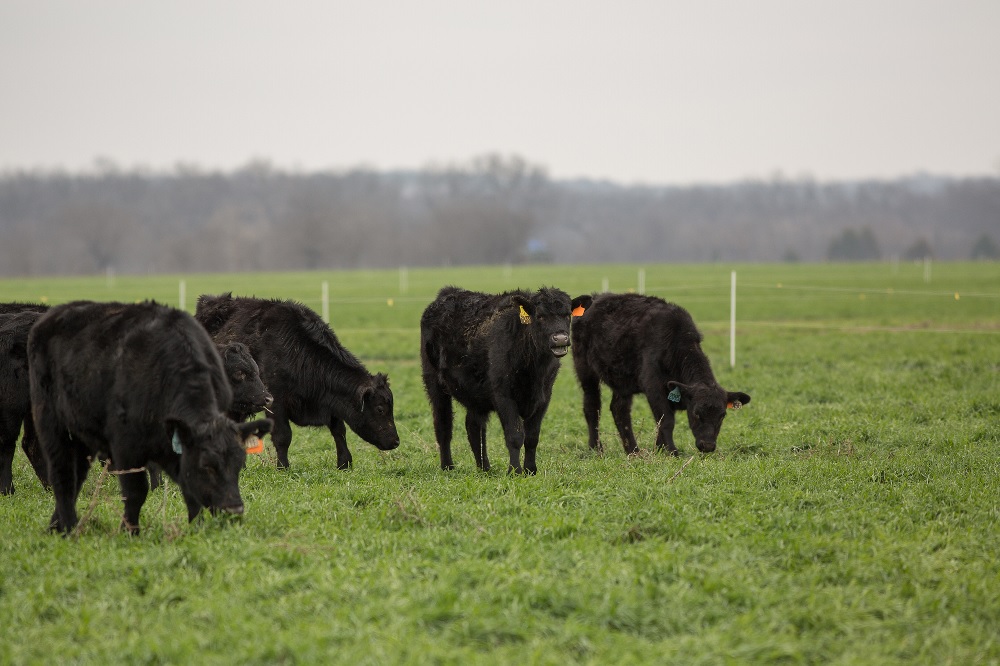 Oklahoma is the center of a five year study looking at ways producers can better mitigate drought, along with addressing the carbon footprint of the beef industry. The Great Plains Grazing Project involves Oklahoma State University, Kansas State University, University of Oklahoma and Tarleton State University, along with the Noble Foundation and two Agricultural Research Service (ARS) locations. Dr. Jean Steiner of the Grazinglands Research Laboratory in Fort Reno, Oklahoma is the co-project director. Researchers have completed two years of the five year $10 million dollar U.S. Department of Agriculture research project. Researchers are working to put that information into a usable form for producers and other stakeholders. Steiner said researchers want to help producers identify animals that might be suited to meet the production potential of their land. She said producers are moving back to having smaller framed females that have lower maintenance requirements.
Oklahoma is the center of a five year study looking at ways producers can better mitigate drought, along with addressing the carbon footprint of the beef industry. The Great Plains Grazing Project involves Oklahoma State University, Kansas State University, University of Oklahoma and Tarleton State University, along with the Noble Foundation and two Agricultural Research Service (ARS) locations. Dr. Jean Steiner of the Grazinglands Research Laboratory in Fort Reno, Oklahoma is the co-project director. Researchers have completed two years of the five year $10 million dollar U.S. Department of Agriculture research project. Researchers are working to put that information into a usable form for producers and other stakeholders. Steiner said researchers want to help producers identify animals that might be suited to meet the production potential of their land. She said producers are moving back to having smaller framed females that have lower maintenance requirements.
“We think this may have efficiencies in the system that could help the producers be more flexible and more resilient, particularly during those drought years,” she said.
Oklahoma producers commonly use winter wheat as a forage resource for grazing. Steiner said there are several reasons why producers should look to diversify with alternate forages. While wheat has been a very productive resource for many years, it has it downsides. She said wheat offers poor soil coverage during the summer months when a lot of the soil carbon is lost to respiration. The project is looking at different ways producer's could diversify with the use of cover crops to protect the soil along with providing producers with alternate forages that can been grazed in different seasons when the current system is deficient in quantity or possibility quality of forage.
One major goal of the Great Plains Grazing Project is to work on and develop data that will better assess the carbon footprint of cattle in a grazing situation. Steiner said the research grant proposal called for researchers to do a lifecycle analysis of the water, carbon and nitrogen budgets. She said this aims to improve the numbers used in equations that are used in the models evaluating greenhouse gases. She said they are trying to improve the equations used by both national and international assessments, so researchers will have better validated numbers to put into the equations that drive those models, so researchers get information that is more relevant to the system they are trying to model.